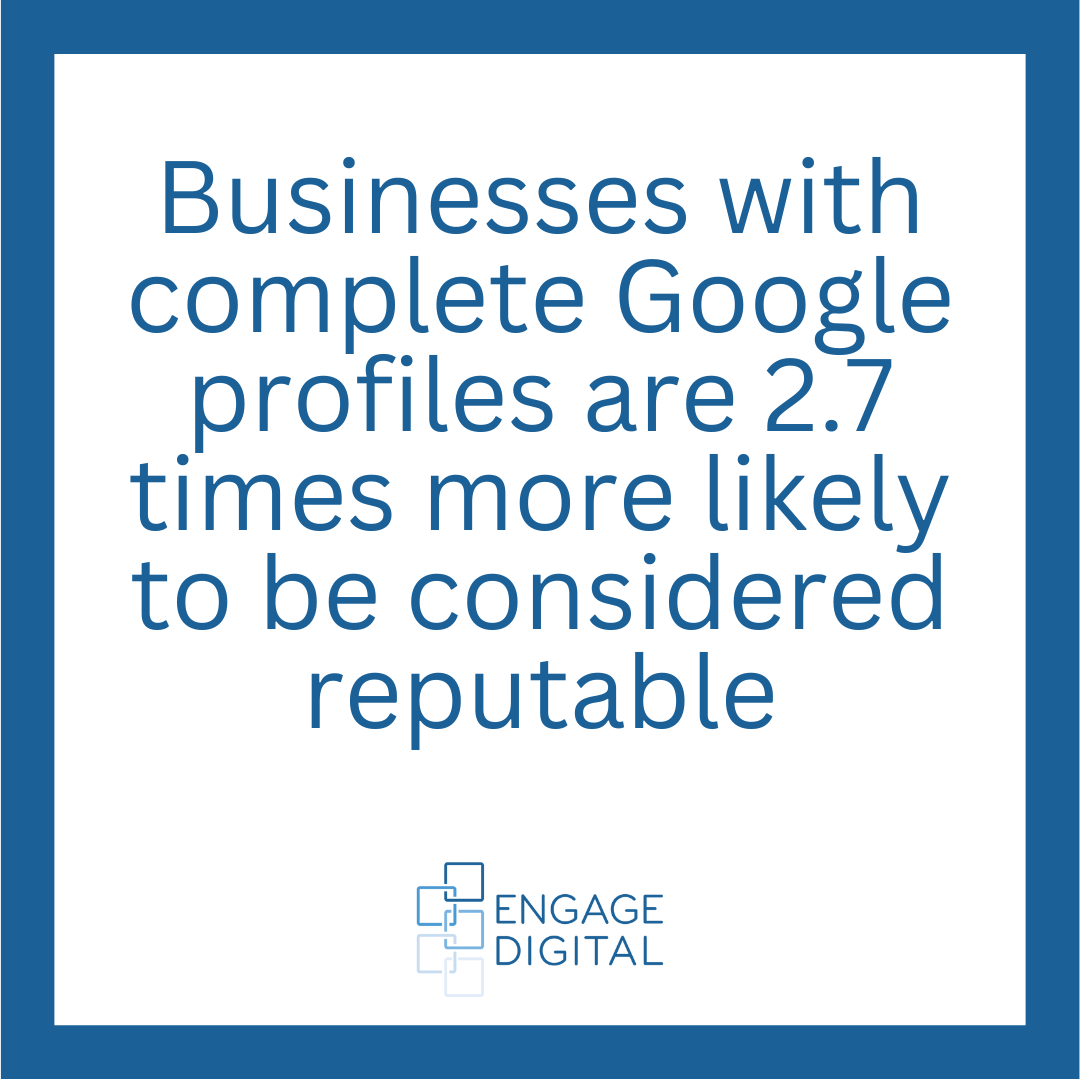Did you know that 46% of all Google searches seek local information? That means nearly half of the people typing (or speaking) into Google want to find something nearby. If your business isn’t showing up in those local search results, you’re missing out—big time.
Why Local SEO Matters
Local SEO isn’t just for coffee shops and restaurants. It’s for any business that wants to attract customers from a specific area. Whether you’re a dentist, a boutique owner, or a contractor, local SEO helps people find you when they need you most.
Plus, according to Google, 76% of people who search for something nearby on their smartphones visit a business within a day. That’s not just traffic; that’s potential customers walking through your door.
1. Claim and Optimize Your Google Business Profile
Your Google Business Profile (formerly Google My Business) is like your digital storefront. It’s what pops up when people search for your business name or related services.
- Claim Your Listing: Go to Google Business Profile and claim your business if you haven’t already.
- Complete Every Section: Add your business name, address, phone number (NAP), hours, website, and photos.
- Choose the Right Categories: Pick categories that best describe what you do.
- Keep It Updated: Update your hours during holidays or special events.
Businesses with complete Google profiles are 2.7 times more likely to be considered reputable.
2. Use Consistent NAP Information
NAP stands for Name, Address, and Phone number. Keeping this consistent across the web helps Google (and your customers) trust your business.
- Check Directories: Ensure your NAP is the same on Yelp, Facebook, Yellow Pages, and other directories.
- Avoid Minor Differences: Small changes like “St.” vs. “Street” can confuse search engines.
Consistency builds credibility, and credibility improves rankings.
3. Optimize for Local Keywords
Think about what people search for when looking for your services. They probably include the city or neighborhood name.
- Do Keyword Research: Use tools like Google Keyword Planner or Ubersuggest.
- Add Location Keywords: Include them naturally in titles, headers, meta descriptions, and content.
- Don’t Overdo It: Keyword stuffing can hurt more than help. Aim for natural flow.
Example: Instead of “best coffee shop,” use “best coffee shop in Austin.”
4. Get More Reviews (and Respond to Them)
Reviews aren’t just for boosting your ego; they impact your local SEO rankings.
- Ask for Reviews: Politely ask satisfied customers to leave reviews on Google, Yelp, or Facebook.
- Make It Easy: Send a direct link to your review page.
- Respond to All Reviews: Thank people for positive feedback and address negative comments professionally.
Positive reviews build trust with both search engines and potential customers.
5. Create Location-Specific Landing Pages
If your business serves multiple locations, landing pages are your best friend. They help target specific areas and improve your visibility.
- Focus Each Page: Create a separate page for each location or service area.
- Include Local Details: Add the city name, local landmarks, testimonials from customers in that area, and relevant photos.
- Optimize Title Tags & Meta Descriptions: Use local keywords to attract search engines and users.
Example: If you’re a plumber serving Dallas and Fort Worth, create unique pages with customized content for each city.
6. Build Local Backlinks
Backlinks (links from other websites to yours) are a strong ranking factor, and local backlinks are even better.
- Partner with Local Businesses: Exchange links with nearby businesses without direct competitors.
- Sponsor Events: List your business on event pages or local news websites.
- Join Local Chambers: Membership directories often include backlinks to member websites.
Quality over quantity is key. A few strong local backlinks beat dozens of irrelevant ones.
7. Optimize for Mobile Users
More than 63% of searches, especially local searches, come from mobile devices. If your website isn’t mobile-friendly, you’re losing potential customers.
- Responsive Design: Make sure your website adjusts to different screen sizes.
- Fast Load Times: Compress images and use minimal plugins to speed things up.
- Clickable Contact Info: Add tap-to-call buttons and easy-to-find directions.
Google favors mobile-friendly websites in local search results, so this is a must.
8. Use Local Business Schema Markup
Schema markup is a type of code that helps search engines understand your business better. It can improve how your site appears in search results.
- Add Schema Markup: Use tools like Google’s Structured Data Markup Helper.
- Highlight Key Info: Include business name, address, phone number, operating hours, and reviews.
- Boost Rich Results: This can help your business stand out in search results with star ratings, images, and more.
Schema doesn’t guarantee top rankings, but it increases your chances of getting noticed.
9. Create Locally Relevant Content
Content isn’t just about keywords. It’s about providing value to your audience.
- Write Local Blogs: Cover community events, local news, or tips related to your area.
- Highlight Case Studies: Share stories of how you helped local customers.
- Use Visuals: Include photos and videos from local events, your storefront, or your team in action.
Local content helps establish your business as part of the community—both online and offline.
10. Monitor Your Local SEO Performance
You can’t improve what you don’t measure. Tracking your performance helps you see what’s working and what needs tweaking.
- Google Analytics: Monitor website traffic, user behavior, and conversions.
- Google Search Console: Check for indexing issues, search performance, and keyword rankings.
- Local SEO Tools: Use tools like Moz Local, BrightLocal, or SEMrush for deeper insights.
Regularly reviewing your data helps you adjust strategies and stay ahead of competitors.
Take Action Now
Local SEO isn’t a one-and-done task. It’s an ongoing process of optimizing, updating, and engaging with your audience. The good news? Every small improvement helps you get closer to the top of local search results.
Start with your Google Business Profile, ensure your NAP info is consistent, and build from there. Focus on creating value for your local audience, and Google will notice. More importantly, your future customers will too.
Remember, the digital landscape is always evolving, and staying proactive with your local SEO efforts keeps you ahead of competitors. Review your strategies regularly, adapt to new trends, and stay connected with your community both online and offline.
Ready to boost your local visibility? Start with one tip from this list today and watch the results roll in. Your business deserves to be found—make it happen!






